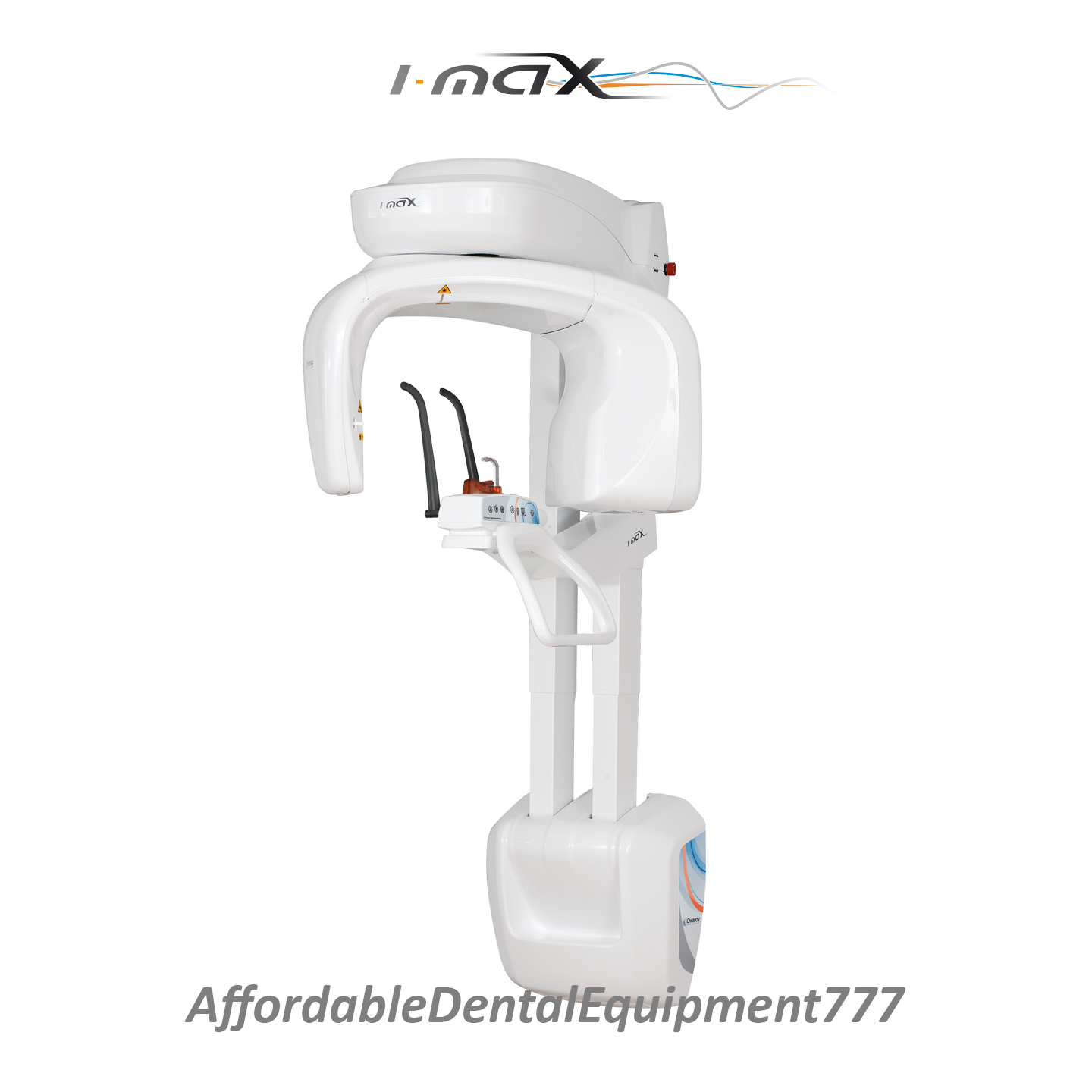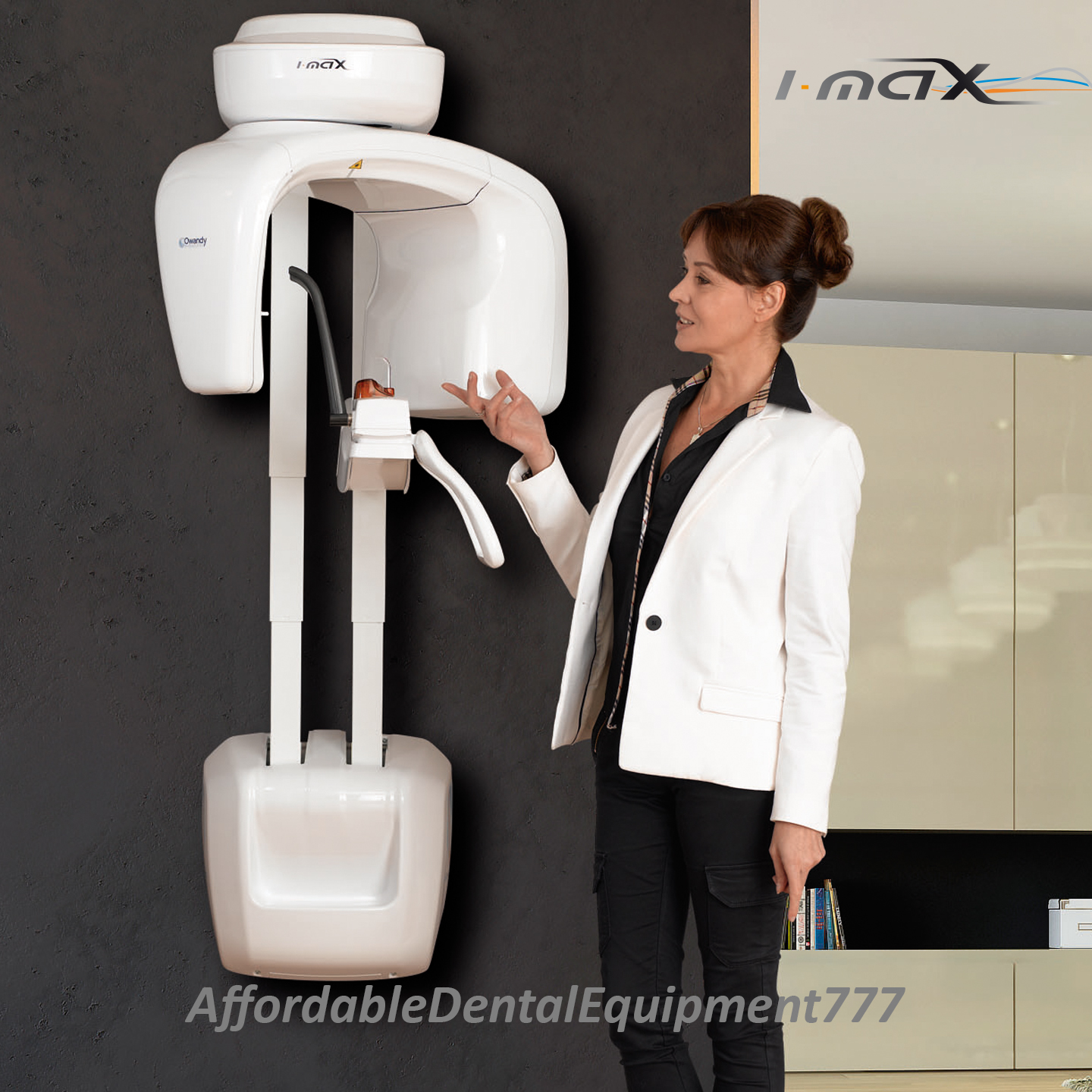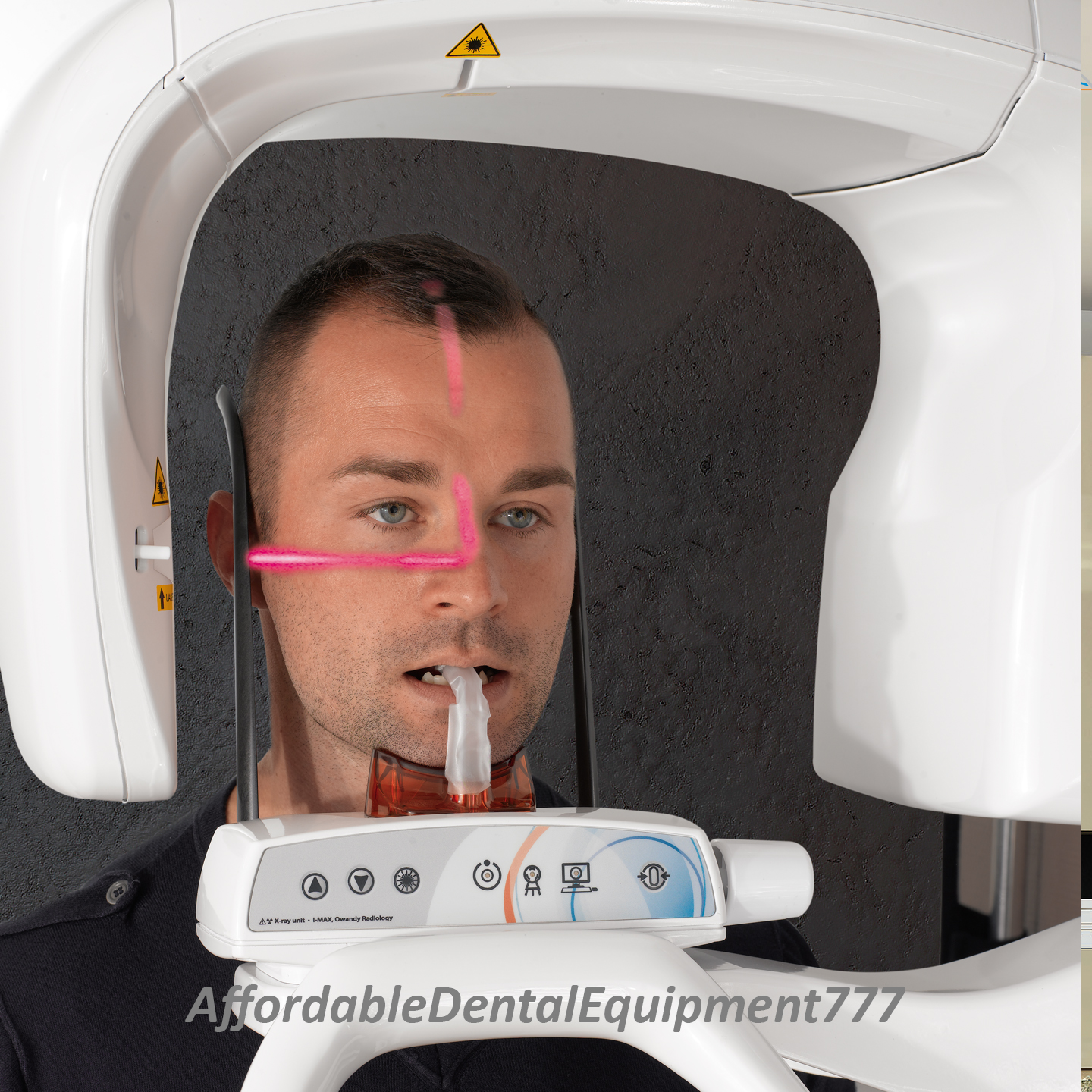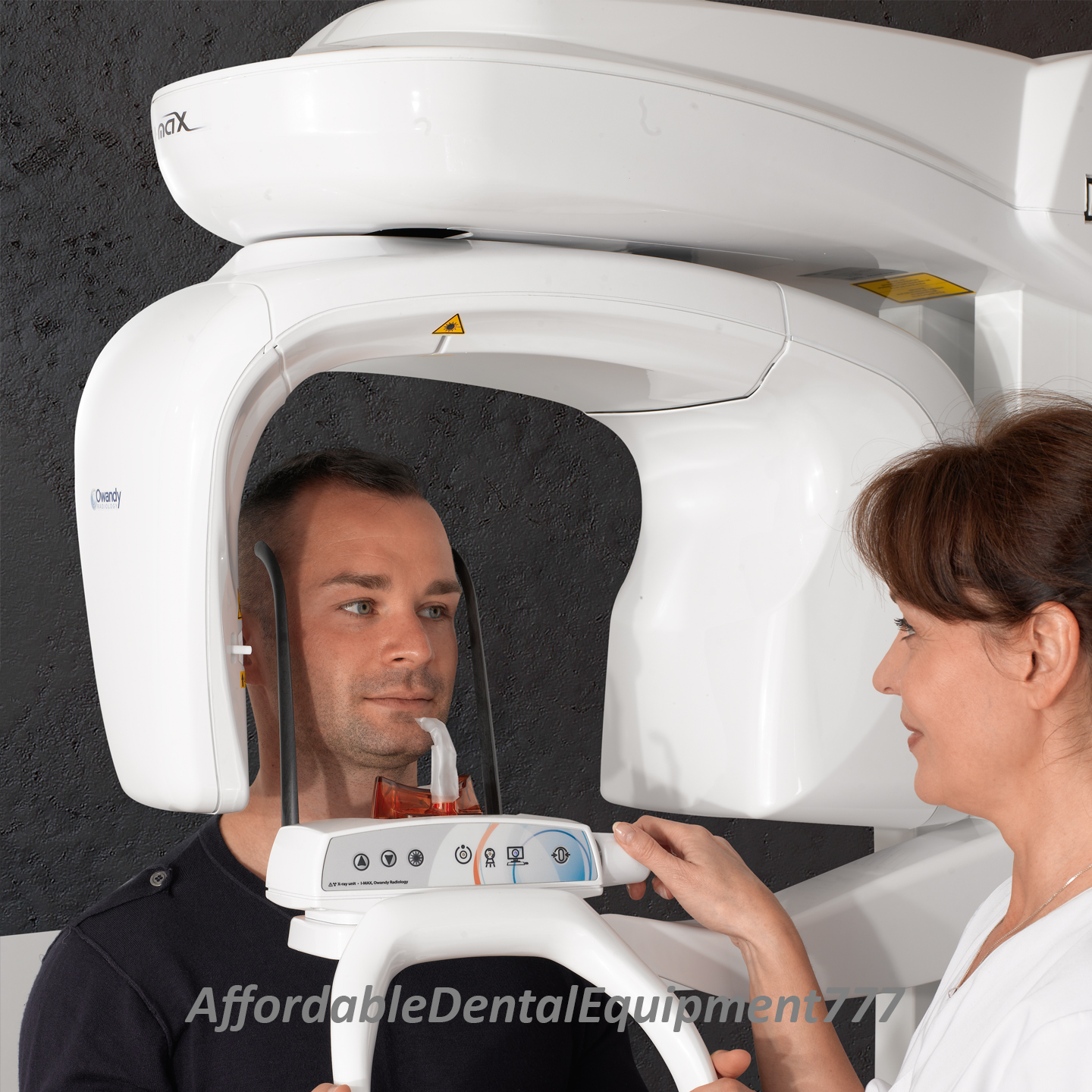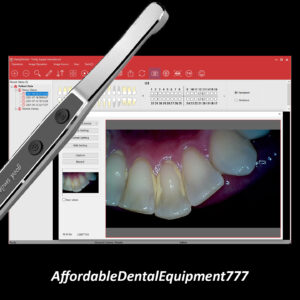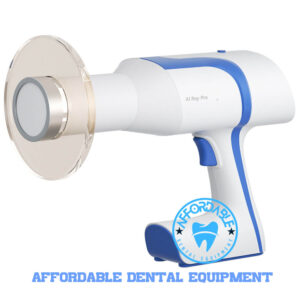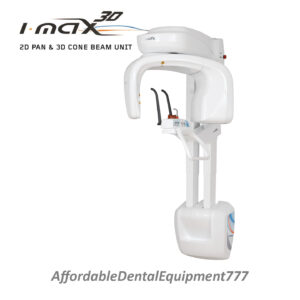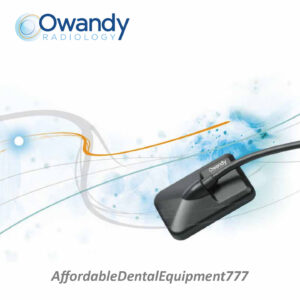Owandy I-Max 2D Wall-Mounted Panoramic X-Ray Compact
$17,300.00
- Compact I-Max
- Easy to Install
- Cost-effective
- 24 Programs
Owandy I-Max 2D Wall-Mounted Panoramic X-Ray Compact Unit
Owandy I-Max 2D Wall-Mounted Description:
Futuristic design and ergonomics
The I-Max is the lightest, most compact, full-featured panoramic device on the market. What’s more, you’ll be proud to see the way its refined, elegant design looks in your dental surgery.
Exceptional image quality
Using ALI-S (Automatic Layers Integration System), the unit directly selects the best cuts to display a perfect HD image automatically.
Easy to install and operate
A complete ultra-compact, ultra-light system conveniently delivered as one fully-assembled unit. With its intelligent setup system, a single technician can wall-mount it easily.
Cost-effective performance
Cutting-edge technology in an economical compact unit. All electronic components have been optimized. The I-Max’s robust design means minimal breakdowns and easy maintenance. Flawless HD imagery.
24 Programs
The I-Max enables you to perform every type of examination you need (adult and child mode):
- Standard panoramic
- Right or left hemi-panoramic
- Low-dose panoramic
- Panoramic with enhanced orthogonality
- Standard bitewing
- Left or right hemi-bitewing
- Frontal definition
- Maxillary sinus examination
- ATM examinations
Specifications:
- Class: Class II B / CE0051
- Power supply: 110-120 V, 220-240 V at 50/60Hz
- Anode voltage: 60 ÷ 70 kV
- Anode current: 2 ÷ 7mA
- SID (Source to Image Distance): 500mm
- Total weight (wall-mounted version): 62kg
- Inherent filtration: > 2.5mm Al eq. @ 70 kVp
- HF generator: Constant potential
- X-ray focus: 0.5mm EN 60336
- Connection: LAN, Ethernet (without a dedicated computer)
- Digital sensor: CCD HD + optic fibre
- CCD resolution: 10.4 pl/mm
- Exposure time: From 2,44 to 14.4 s (adult/child Pan)
- Enlargement: From 1.20 to 1.23
- Option: Column-mounted version
IMPORTANT:
- Buyer needs to hire a certified electrician
- Buyer needs to hire a technician for equipment installation
WARRANTY:
- 3-YEARS WARRANTY, PLUS 3 YEARS EXTENSION.
Reference: Dental Digital X-rays – Different Types | Advantages | Uses | Safety | Frequency
| Weight | 176 lbs |
|---|---|
| Dimensions | 48 × 32 × 25 in |
Brand
Owandy
Related products
X-Ray - Imaging
X-Ray - Imaging
X-Ray - Imaging




